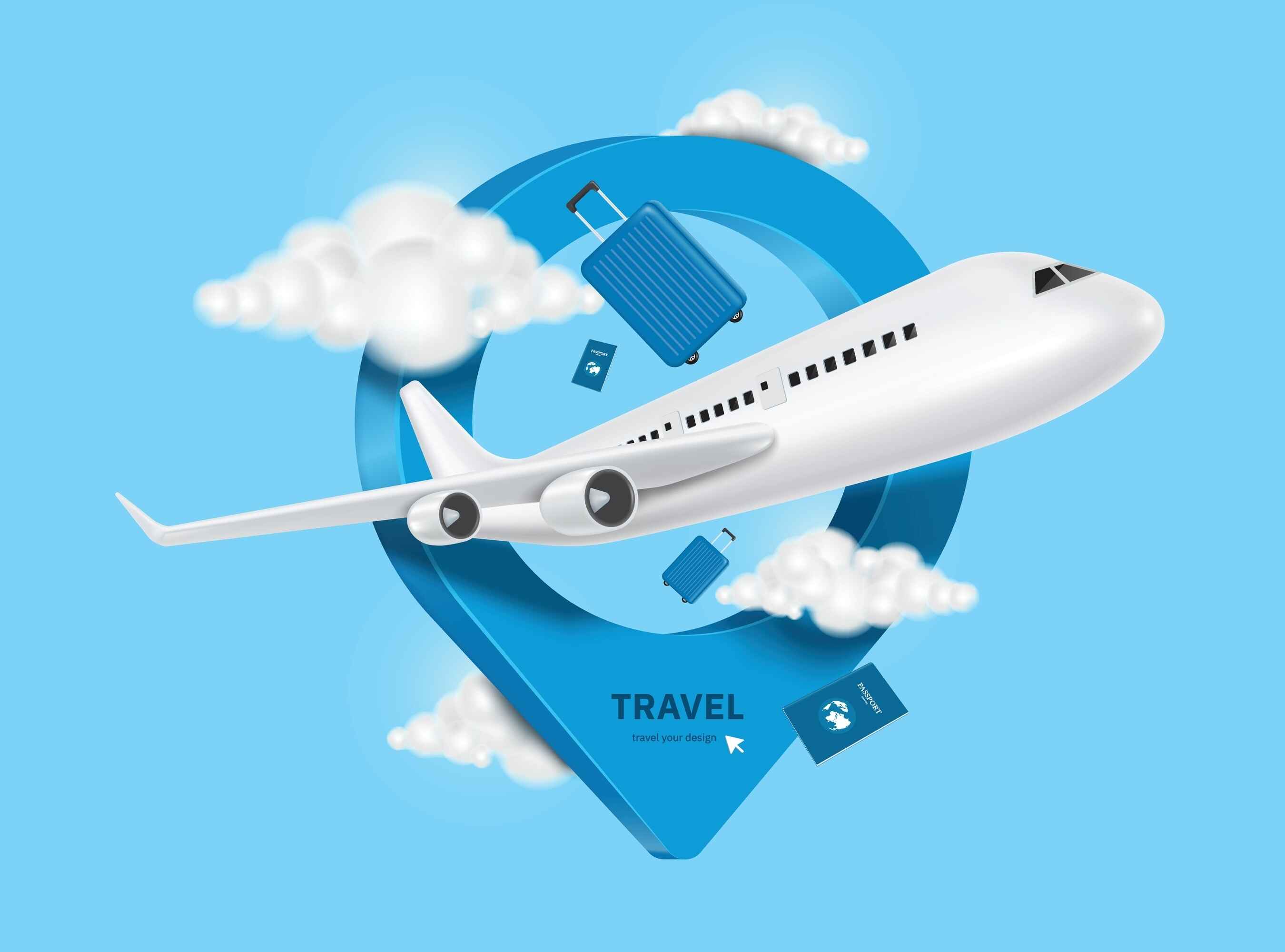Go-arounds, Diversions And Other Flight Disruptions Are Perfectly Safe | Cruising Altitude

- Aborted landings, diversions, and holding patterns are all routine procedures designed to enhance air travel safety.
- Pilots undergo rigorous training to handle unexpected situations, ensuring passenger well-being.
- Despite recent incidents, flying remains the safest mode of transportation due to stringent regulations and continuous industry improvements.
Travelers are understandably a little on edge about flying these days.
Just weeks after the first fatal crash of a U.S. airliner in nearly 16 years and following a handful of other high-profile aviation incidents since, many people are left wondering if flying is still the safest way to get around.
Anecdotally, my colleagues and I at USA TODAY have seen an uptick in questions from readers about what it means when something that seems unusual happens on their flight.
One email a fellow reporter received a few days ago came from a passenger whose flight was about to arrive at Ronald Reagan National Airport when it abruptly pulled back up into the air and circled around before landing safely.
The reader wanted to know if that was anything to be concerned about.
Aviation professionals I’ve spoken to in recent weeks want travelers to be assured: flying is still safe and procedures like the one our reader mentioned are not only routine, they’re actually designed to make air travel even safer.
“Traveling by air is extremely, by far, the safest mode of travel and the fastest,” Laura Einsetler, a captain at a major U.S. airline and author of the Captain Laura blog, told me. “When you have two very experienced, highly trained professionals at the front, we are redundant to each other and we put our lives on the line every day to keep everyone safe.”
Still, Einsetler and others acknowledged, for passengers who don’t fly every day, any deviation can be jarring. Here are some of the procedures that don’t happen on every flight, but that are safe and normal when they do occur.
This may be one of the most surprising maneuvers for passengers. Your flight is coming in to land, the wheels may have even touched the runway, and suddenly the plane is accelerating again and climbing rapidly back into the sky.
These aborted landings or go-arounds are something pilots train for and are prepared to execute at a moment’s notice.
“When we go around, in the moment it’s jarring because you’re not expecting it, so obviously that scares the passengers a lot,” Andrew Henderson, a flight attendant at a major U.S. airline and one of the authors of the Two Guys on a Plane blog, told me. “It could be a number of things, a stick blew across the runway, there’s not enough space between airplanes, it’s just someone saying ‘wait, hold on a second.’ ”
Go arounds can happen for any number of reasons, but if the pilots or air traffic control suspect the plane won’t be able to touch down and stay down safely, the aircraft circles for another shot.
“These are things that we are trained for, that we are experienced in. It might feel a little bit out of the norm but it’s not out of the norm for us as pilots. (Passengers) should also understand that these types of things help keep them safe,” Einsetler said. “Maybe it has to do with weather, maybe it has to do with spacing, air space, traffic congestion. We take those precautions, they’re really precautionary and sometimes necessary.”
Another not-so-common but perfectly standard disruption is a flight diversion. That’s when a plane needs to land somewhere other than the airport it was scheduled to fly to, and it can happen for any number of reasons.
Weather at the destination is one of the most common causes – high winds or poor visibility can make landing dangerous, for example, so pilots and controllers may decide it’s best to touch down somewhere else. Unexpected runway closures or other operational difficulties can also cause planes to divert.
“Although it might be an inconvenience for the passengers, they need to know it’s to keep everyone, not only them but everyone else in the national airspace safe,” Einsetler said.
Part of pilots’ preparation for every flight includes identifying diversion airports along the route in case doing so becomes necessary.
“It’s a standard operating procedure that pilots follow to ensure safety. If anything, it’s just an added layer of safety,” Rich Henderson, Andrew’s husband and co-author of Two Guys on a Plane, told me. “I think it’s important to realize, this means the pilots and (air traffic control) and everyone is collaborating together to make sure everything runs smoothly and safely.”
Possibly one of the most common flight disruptions is going into a holding pattern. It’s so normal, flight crews rarely even think about it when it happens.
“Holding is very common, it’s basically a parking garage in the sky, there’s a designated airspace for us to circle around,” Andrew told me. “If you find out that you’re holding it just means that we’re waiting for the weather to clear or to make a plan for when we can go because there are so many airplanes in the sky they need to figure out where we can go.”
Passengers may not even notice it’s happening, especially if the hold doesn’t last for long.
In flying, even when something doesn’t go exactly to plan, that doesn’t mean it’s going wrong.
“We have 90,000 flights a day that go out around the world safely, that take off and land,” Einsetler said. “We have very tight, very strict, extremely high standards when it comes to aircraft manufacturing, the FAA, our regulations.”
Still, she said, she understands why travelers may be a little on edge right now, but she encourages everyone to keep flying, and wants passengers to be assured that the industry will only continue to get safer.
“We make those necessary changes, we learn, always, from any aspect of aviation that happens so that we can continue to improve on the excellent safety record that we do have.”
Zach Wichter is a travel reporter and writes the Cruising Altitude column for USA TODAY. He is based in New York and you can reach him at zwichter@usatoday.com.


